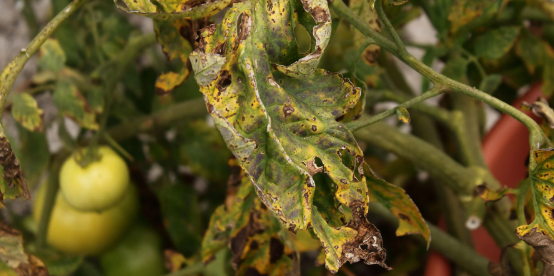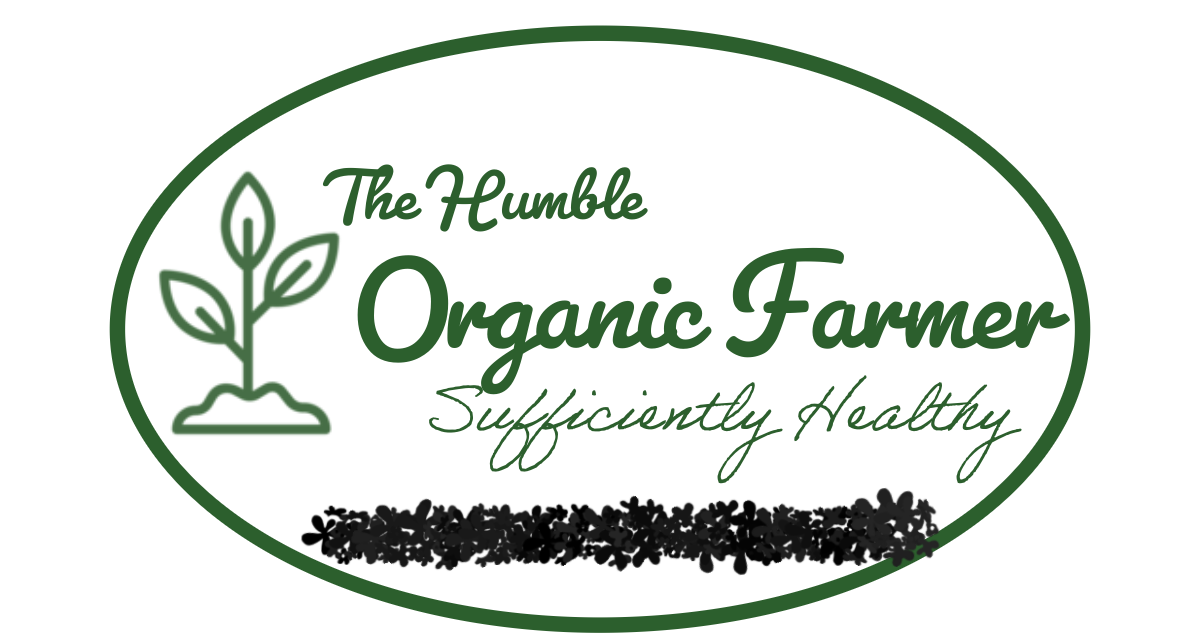Gardening is often a joyful and rewarding experience, but sometimes, it can be distressing: the most carefully tended plants can suddenly die before any noticeable symptoms. If you have ever experienced anything like this, then it might be the dangerous threat called Verticillium Wilt—a fungal disease that attacks a wide range of plants without warning. “the silent assassin” is its common name because its symptoms may never be noticeable at first, making it difficult to detect until significant damage has already occurred.

What is Verticillium Wilt?
Verticillium Wilt is a deadly fungal infection that attacks the crop beginning from the roots before it spreads to other parts of the plant. The plant wilts, turns yellow and finally dies due to the blockage of the water and nutrients from the roots. This disease can infect more than one type of plant making it the most dangerous disease in the garden.
What are the Symptoms of Verticillium Wilt?
At first glance, the symptoms of Verticillium Wilt may seem similar to those of other garden problems, such as drought stress or insect damage. Some common signs include:
- Wilting and yellowing leaves: One of the earliest signs of Verticillium Wilt is wilting, particularly on one side of the plant or in the lower leaves. These leaves may also yellow or become scorched.
- Leaf curling and browning: Affected leaves might curl up at the edges and develop brown spots.
- Sudden death of branches: Infected plants may experience dieback, where entire branches or stems suddenly turn brown and die.
- Streaking of vascular tissue: If you cut into an infected stem or trunk, you may notice dark streaks or discoloration in the vascular tissue (the xylem), which is a definitive sign of Verticillium infection.
The fungus typically targets specific plant families, such as tomatoes, peppers, eggplants, potatoes, strawberries, roses, and maples, but it can also affect many other types of plants.
How Does Verticillium Wilt Spread?
Verticillium Wilt is a soil-borne pathogen, which means it can persist in the soil for many years, even in the absence of susceptible host plants. The spores can survive in soil, on plant debris, or in infected roots. When new plants are introduced into an infected soil environment, they can easily become contaminated through their roots. The disease is spread through water, soil disturbances, and even garden tools, making it tricky to prevent once established.
The fungus is particularly prevalent in overworked, poorly drained soils and tends to thrive in alkaline or slightly acidic environments. Since it can survive in the soil for decades, you might unknowingly plant susceptible species in contaminated areas, making the disease hard to avoid.
Impact on Your Garden
Verticillium Wilt can be devastating for a garden, especially if it spreads quickly. Once infected, plants usually become stunted, produce fewer flowers and fruits, and eventually die. The disease is often fatal, and there’s no reliable cure for infected plants. Because the fungus attacks the plant’s vascular system, it’s difficult to treat effectively with fungicides. The best course of action is prevention and early detection.
Prevention and Control
While Verticillium Wilt can be challenging to manage, there are several strategies to help prevent its spread and minimize its impact:
- Rotate Crops: Avoid planting susceptible plants in the same location year after year. Crop rotation helps prevent the build-up of the pathogen in the soil.
- Choose Resistant Varieties: Many plant varieties have been bred to resist Verticillium Wilt. Look for resistant varieties, especially for crops like tomatoes, eggplants, and peppers.
- Improve Soil Drainage: Verticillium Wilt thrives in poorly drained soils. Improve soil structure by adding organic matter, such as compost, and ensure proper drainage to reduce fungal growth.
- Sanitize Garden Tools: Since the fungus can spread through contaminated garden tools, be sure to clean your tools thoroughly after each use. Wash tools with soap and water, and sanitize them with a 10% bleach solution.
- Remove Infected Plants: If you spot signs of Verticillium Wilt in your garden, remove affected plants as soon as possible to prevent the fungus from spreading. Be sure to dispose of the infected plants carefully—do not compost them, as this may spread the spores.
- Solarization: For small garden areas, you can use solarization to kill soil-borne pathogens. Cover the soil with clear plastic during hot weather for several weeks, which will raise the soil temperature enough to kill the fungus.
- Use Fungicide as a Last Resort: There are some fungicides available that can help suppress Verticillium Wilt, though they may not eliminate the disease entirely. Always check with a local extension office for advice on fungicide use in your region.
Conclusion
Verticillium Wilt may be a silent assassin in your garden, but with vigilance and proactive care, it can be kept at bay. Understanding the symptoms, spreading mechanisms, and preventive measures of this harmful fungal disease is key to protecting your plants. By choosing resistant varieties, rotating crops, and maintaining healthy garden soil, you can greatly reduce the risk of Verticillium Wilt ruining your gardening efforts. Remember, an ounce of prevention is worth a pound of cure—so stay ahead of this silent killer and keep your garden flourishing!

1 thought on “The Silent Assassin of Gardening: Verticillium Wilt”